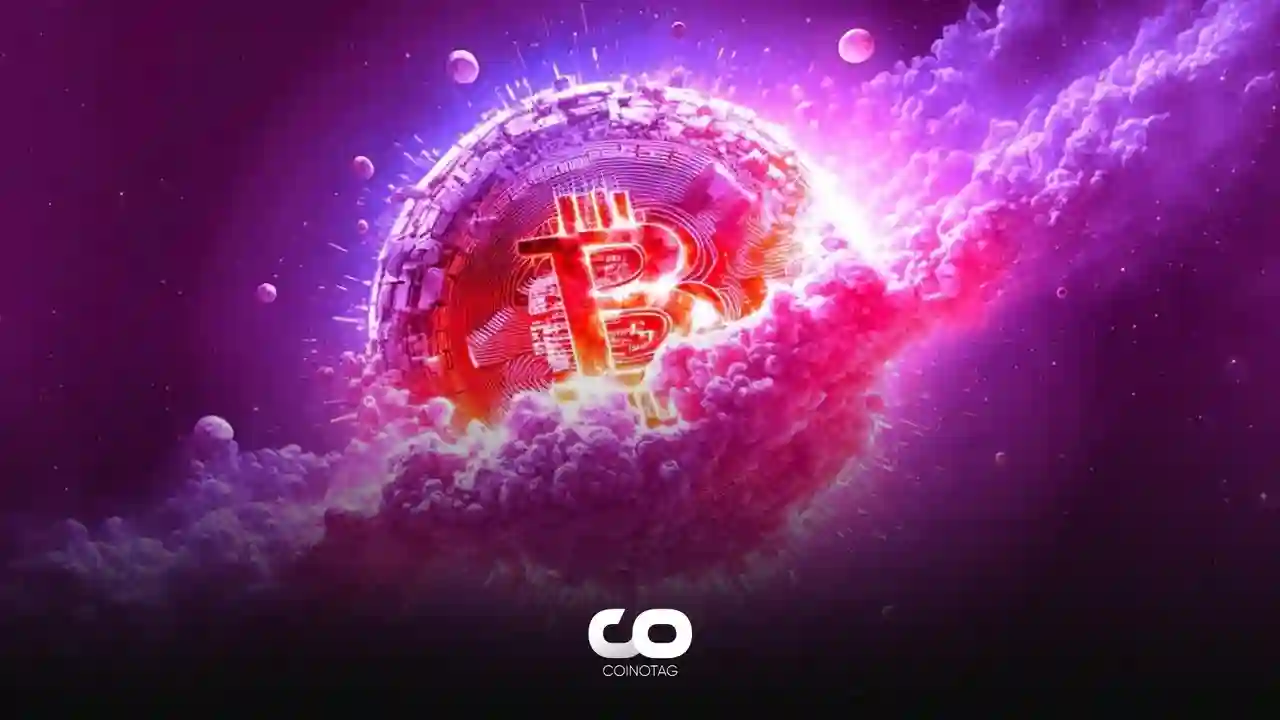- Bitcoin open positions surged by over $1 billion on September 18th, sparking questions among investors about whether whales were accumulating while awaiting the release of Binance’s court documents.
- It is believed that these whales may have been disappointed with the court’s outcome or that the price movement did not unfold as expected.
- Given the assumption that most of the leverage demand is driven by bullish market sentiment, Bitcoin’s price initially rose in tandem with the increase in open positions and then dropped when 80% of the contracts were closed.
Bitcoin’s open positions saw a rapid increase on September 18th, with Bitcoin’s price quickly dropping by day-end as open positions increased.
Bitcoin Open Positions Rapidly Increased

Bitcoin open positions on derivative exchanges saw a sudden increase of over $1 billion on September 18th, prompting investors to question whether whales were accumulating in anticipation of Binance’s court documents being unsealed.
However, a closer look at derivative metrics reveals a more nuanced picture where the funding rate did not exhibit clear signs of overbought demand.
The decision to unseal these documents was given despite the SEC previously accepting a consent order related to allegations of unregistered securities offerings and other claims against Binance, accusing them of non-cooperation.
U.S. District Judge Zia Faruqui subsequently denied Binance US’s request to review its technical infrastructure and share more information. However, the judge requested further details on whether Binance International ultimately controlled these assets.
By the end of September 18th, Bitcoin’s open positions had dwindled to $11.3 billion, and the price had dropped by 2.4% to $26,770. This drop indicated that the assets behind the surge in open positions were no longer interested in maintaining their positions.
It is believed that these whales may have been disappointed with the court’s outcome or that the price movement did not unfold as expected. In any case, 80% of the increase in open positions disappeared within a span of less than 24 hours.
Buyers and Sellers in Futures Trading Are Always Matched
Given the assumption that most of the leverage demand is driven by bullish market sentiment, Bitcoin’s price initially rose in tandem with the increase in open positions and then dropped when 80% of the contracts were closed. However, attributing this effect solely to Binance’s court decisions doesn’t seem necessary for several reasons.
Firstly, nobody expected these documents to favor Binance or its CEO, Changpeng “CZ” Zhao, as it was the SEC that initially demanded the unsealing of the documents. Furthermore, the funding rate, a measure of the imbalance between long and short positions in Bitcoin futures contracts, remained generally stable throughout this period.
If there had indeed been an unexpected surge in demand for the $1 billion worth of open positions, particularly driven by desperate buyers, the funding rate would likely have climbed above 0.01%. However, the opposite occurred on September 19th when Bitcoin’s open positions expanded to $11.7 billion, and the funding rate dropped to zero.
In this second stage, there is no impact on Bitcoin’s price since market makers would have to unwind BTC futures contracts and buy spot Bitcoin. This could lead to a decrease in open interest and disappointment for some participants waiting for further buying excitement.
Rather than hastily labeling every “Bart” formation as manipulation, it is better to scrutinize the operations of arbitrage desks and carefully analyze the BTC futures funding rate. Therefore, it can be concluded that an increase in open interest doesn’t always signify a buying frenzy, as was the case on September 18th when excessive demand for leveraged long positions was absent.
